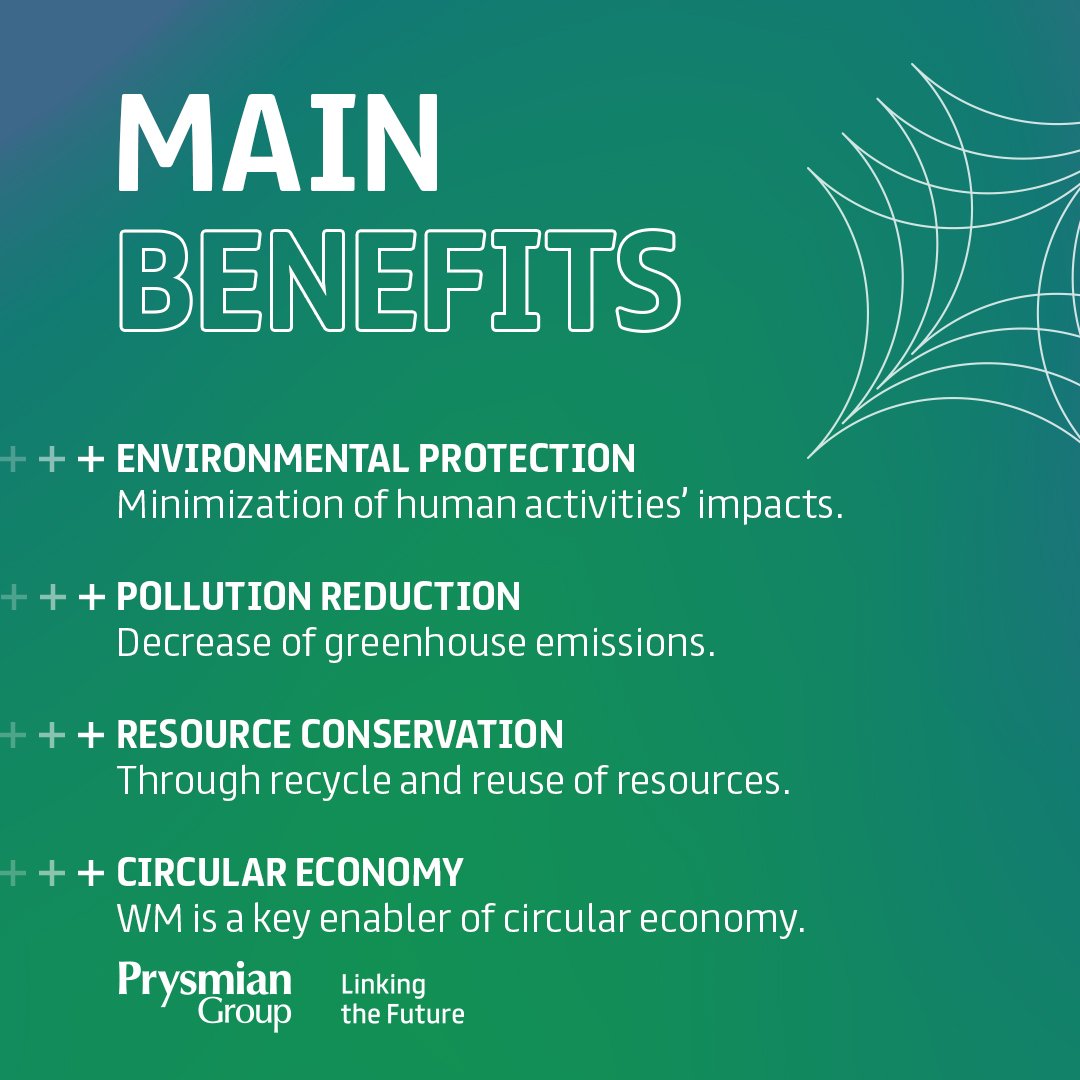The 30-Second Trick For Reclaim Waste
Table of ContentsThe Buzz on Reclaim WasteReclaim Waste Fundamentals ExplainedEverything about Reclaim WasteEverything about Reclaim WasteFacts About Reclaim Waste Uncovered
Explore the kinds, occurrences, and forms of liquid waste. Residential sewer waste refers to the waste and items from a residential septic system. This kind of waste is created by people in homes, colleges, and other buildings. This only includes septic systems that have a drain field. The proper management and disposal of domestic sewer waste require fluid waste to be transferred to a sewage treatment plant where the appropriate methods and devices are used to detoxify and get rid of waste.
Business waste often includes possible risks, such as combustible products or a mixture of liquid and solid waste products, and calls for an advanced and in-depth disposal procedure. The disposal of business waste generally entails the filtering of waste prior to transport to ensure safe and appropriate disposal. Industrial waste is created from by-products and drainage of commercial processes and production.
This kind of waste can not make use of the very same sewage management transportation or processes as septic or industrial liquids. The industrial waste monitoring process requires the assessment and testing of fluid waste prior to it undergoes the disposal procedure (liquid waste removal). Runoff waste is the fluid waste that originates from overflow and excess stormwater in very populated locations or cities
Runoff waste can trigger contamination and flooding otherwise taken care of appropriately. Find out more regarding drain cleaning and waste monitoring. Making sure appropriate waste management can stop disasters and reduce ecological damage. Both people in property settings and professionals in commercial or production sectors can profit from comprehending the procedures and policies of fluid waste monitoring.
Examine This Report on Reclaim Waste
Contact PROS Providers today to discover our waste administration and disposal services and the proper means to look after the liquid waste you generate.
(https://ameblo.jp/reclaimwaste1/entry-12874802223.html)Do you know what takes place to your water when you disengage, flush the commode or drain pipes the washing equipment? No? Well, it deserves knowing. This supposed 'wastewater' is not just a crucial source however, after therapy, will certainly be launched to our land, waterways or the ocean. Made use of water from toilets, showers, baths, kitchen sinks, washings and commercial processes is called wastewater.

water utilized to cool machinery or clean plant and devices). Stormwater, a form of wastewater, is drainage that flows from farming and urban areas such as roofing systems, parks, yards, roads, paths and rain gutters into stormwater drains pipes, after rain. Stormwater flows untreated directly to local creeks or rivers, ultimately getting to the ocean.
9 Simple Techniques For Reclaim Waste
In Queensland, the majority of wastewater is dealt with at sewer treatment plants. Wastewater is transported from domestic or commercial websites through a system of sewage systems and pump stations, understood as sewerage reticulation, to a sewer treatment plant.
The Department of Natural Resources advises regional governments concerning handling, operating and keeping sewerage systems and treatment plants. In unsewered areas, city governments might call for owners to mount specific or household sewage therapy systems to treat domestic wastewater from bathrooms, kitchen areas, restrooms and laundries. The Department of Natural Resources authorises the use of home systems when they are shown to be efficient.
In some brand-new communities, treatment of some stormwater to get rid of clutter, sand and crushed rock has started utilizing gross contaminant catches. Wastewater treatment occurs in four stages: Eliminates solid issue.
Wastewater after that moves into huge storage tanks where solids resolve and are removed as sludge. Oil and scum are skimmed from the surface. Makes use of tiny living organisms referred to as micro-organisms to break down and eliminate continuing to be liquified wastes and great particles. Micro-organisms and wastes are integrated in the sludge. Gets rid check these guys out of nitrogen and phosphorus nutrients that can cause algal blooms in our rivers and intimidate water life.
Some Ideas on Reclaim Waste You Need To Know
Nutrient removal is not offered at all sewer therapy plants since it requires costly specialized equipment. Clear liquid effluent created after therapy might still include disease-causing micro-organisms - liquid waste disposal.

This typically indicates wastewater needs to be treated or pollutants eliminated before it can be discharged to rivers. A lot of wastewater streams right into the sewerage system. Under the Act, local governments carry out authorizations and licences for environmentally appropriate tasks (Ages) involving wastewater releases that could have a local effect. The department carries out approvals and licences to Periods involving wastewater launches that could have a local or statewide influence.
Not known Details About Reclaim Waste
Or else, examples are taken for lab analysis. Often many tests are required to develop the degrees of each of the different contaminants such as oils, heavy metals and chemicals in water. Tracking provides factual information about water high quality and can validate that permit conditions are being satisfied. The details obtained with tracking offers the basis for making water top quality choices.